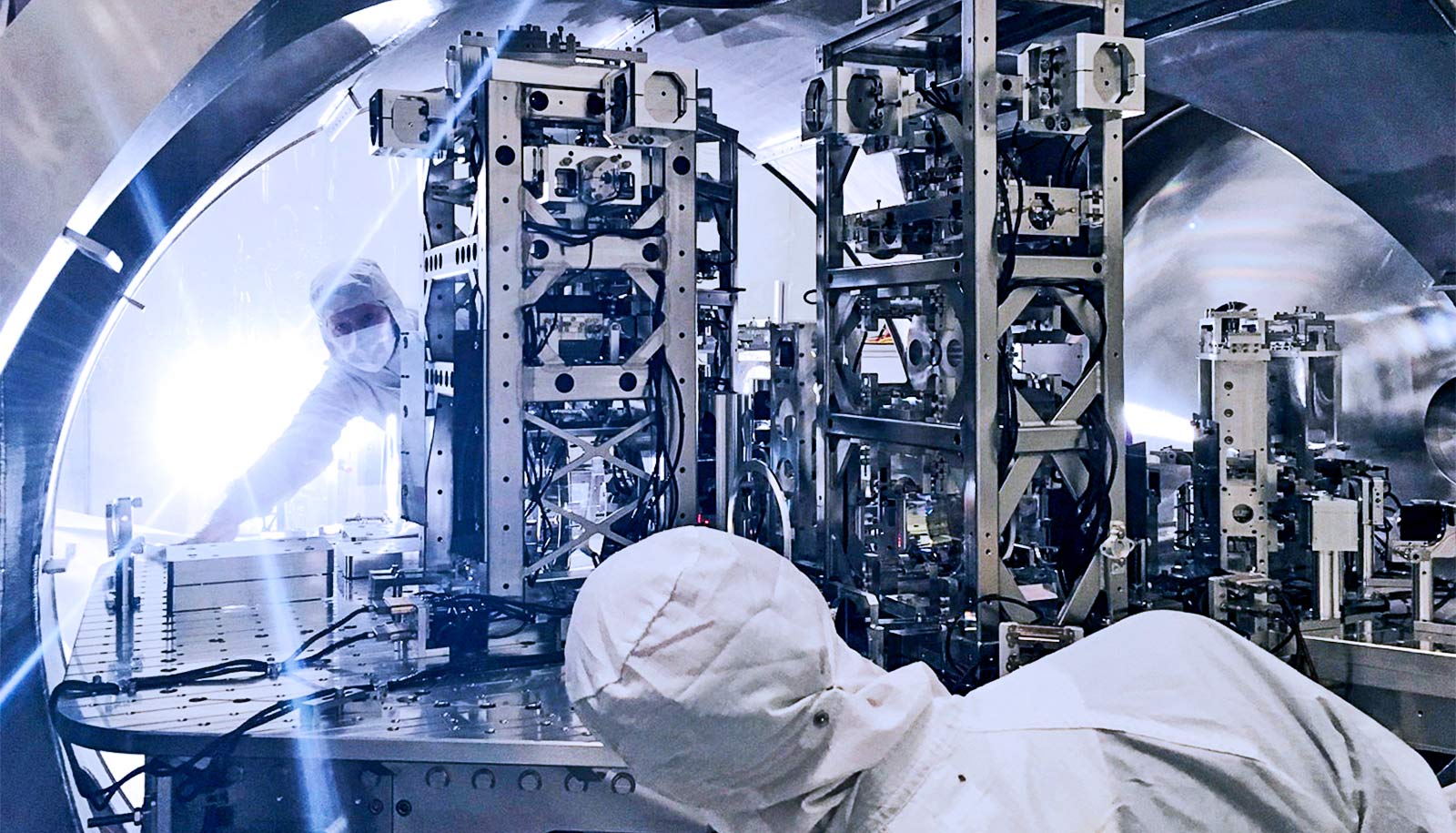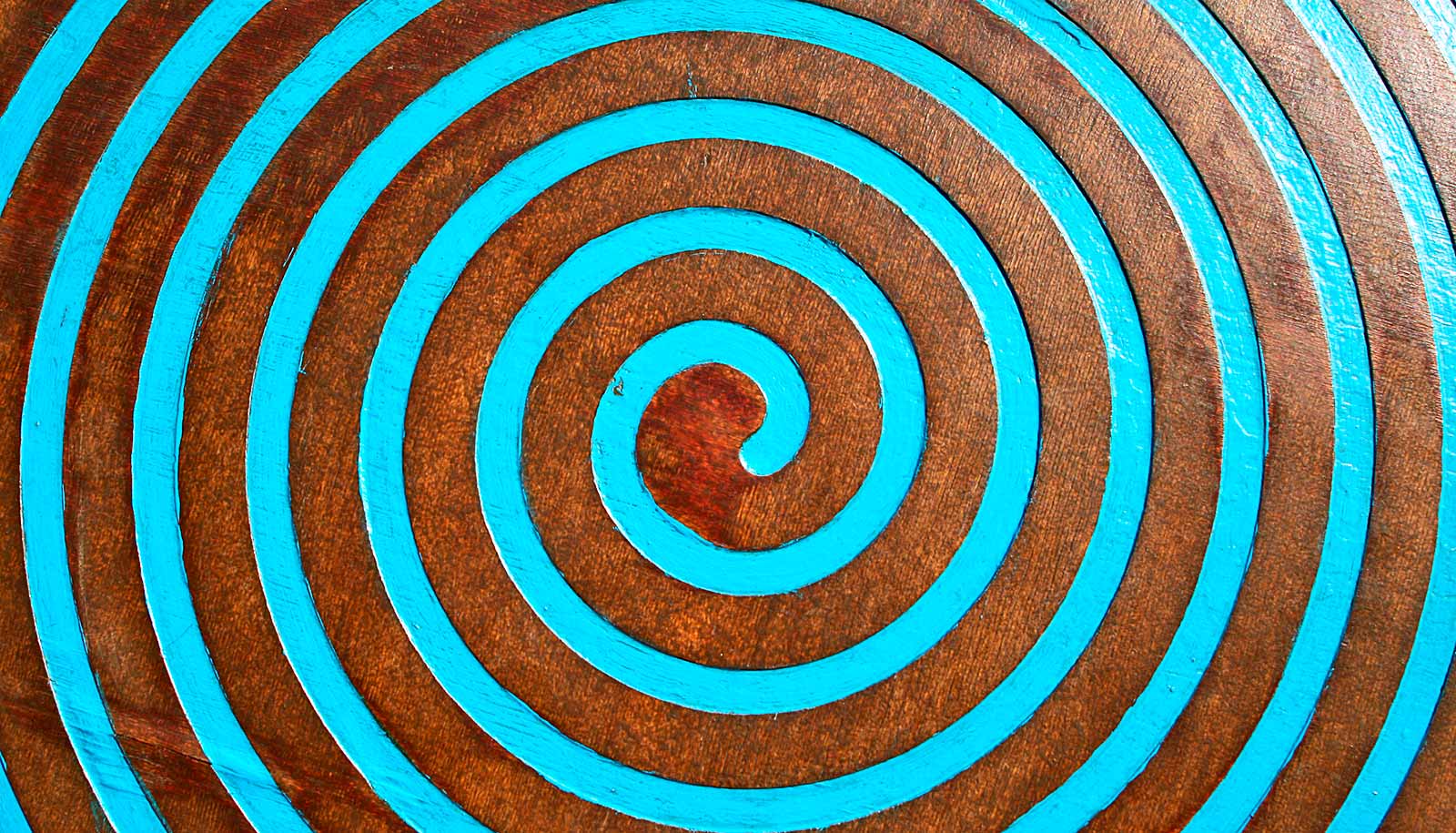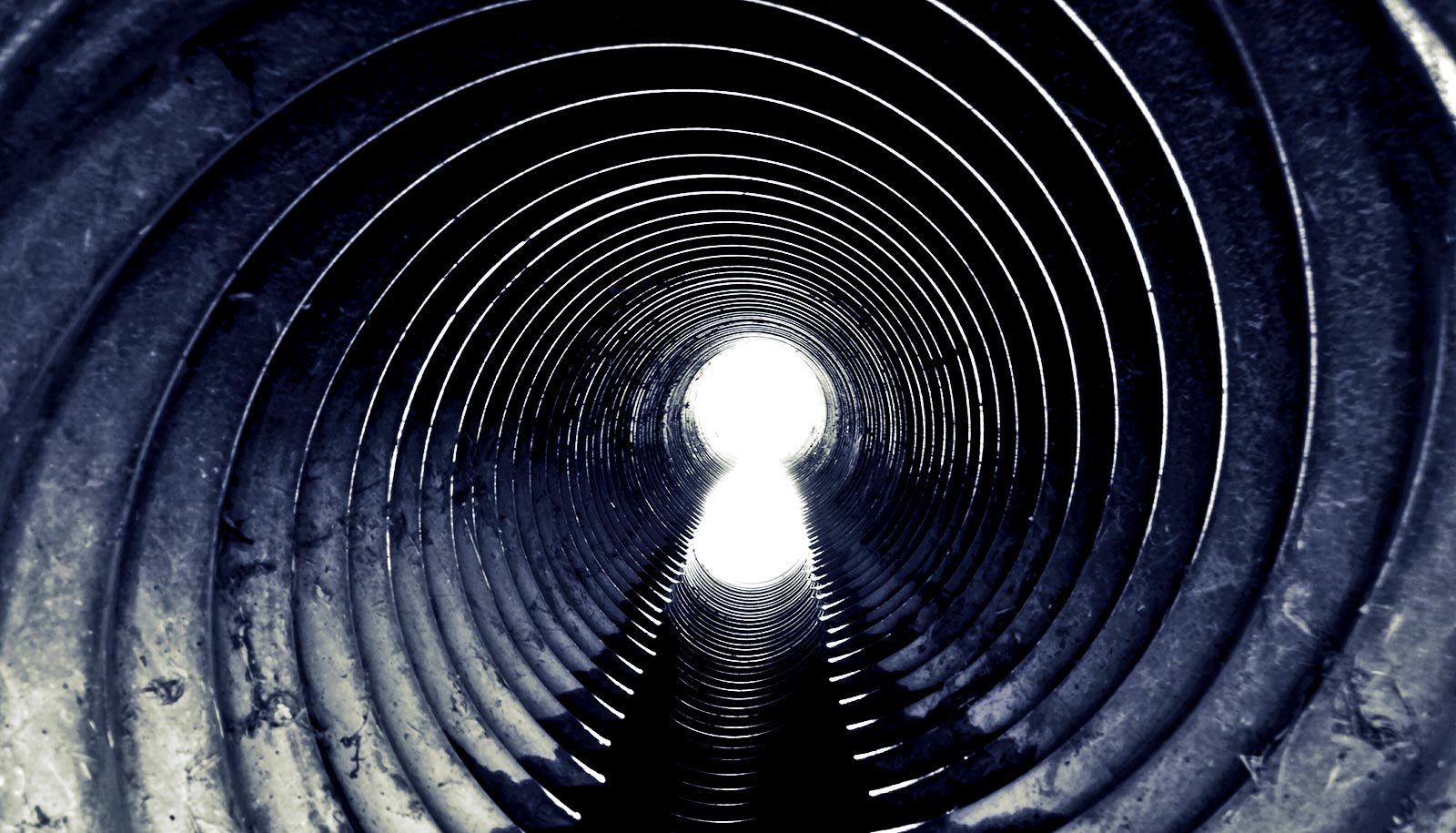After more than a year-long hiatus, the Laser Interferometer Gravitational-Wave Observatory (LIGO) is back online and more sensitive than ever to the tiny ripples in spacetime generated when black holes and dead stars collide.
Following numerous upgrades to its lasers, mirrors, and quantum noise filters, LIGO—which consists of twin detectors in Washington and Louisiana—is now about 40 percent more sensitive to gravitational waves compared to its last run. This means that it can scan about twice the volume of space for smash-ups between two black holes or two neutron stars than before.
Working with its European counterpart, VIRGO, LIGO may even be able to detect gravitational waves from predicted, but as yet unseen, black hole-neutron star mergers.
Here, two longtime members of the LIGO group, Robert Byer and Brian Lantz, explain how the moon passing overhead or earthquakes on the far side of the Earth can disrupt LIGO. Byer, a professor at Stanford University, and Lantz, a senior research scientist, also recall how the first detection of a gravitational wave in 2015 was met with widespread skepticism and discuss plans for LIGO’s future.
Can you talk about your individual contributions to LIGO?
Byer: My group developed LIGO’s laser source, which is based on a tiny crystal of neodymium YAG [neodymium-doped yttrium aluminum garnet]. LIGO’s laser needs to be quantum noise-limited in amplitude and phase. That means it has to be as quiet as you can possibly make it and it has to be able to run stably for long periods of time.
Lantz: I led the development of the isolation mount for LIGO’s mirrors. LIGO is a peculiar machine. One of the things that makes it complicated is that the distance between the mirrors has to stay fixed.
One of the things that makes that interesting is that when the moon goes overhead, the ground goes up and down by about plus or minus six inches. When this bulge travels past the LIGO sites, the arms of the detectors get stretched. The isolation tables have to compensate for that motion so that the distances between the optics doesn’t change.
Besides the moon, what other sources of movement do you have to account for?
Lantz: Wind. People driving by the sites. There’s a train track that runs near one of the end buildings of the LIGO site in Louisiana. In the original version of the detector, the machine stopped working whenever a train passed. The isolation system for Advanced LIGO—the current version of the detector—fixed this.
Also, earthquakes. LIGO has a big problem with earthquakes. Any time there’s an earthquake bigger than about a magnitude six anywhere on the planet, the machine will go down for a couple of hours. It shakes the mirrors so much, they fall out of lock. This is a problem for LIGO that we’re working on right now.
What upgrades did LIGO receive while it was offline?
Lantz: A number of the main mirrors were replaced. Some of them had suffered damage. We also put in a bunch of parts called “baffles” to catch light that’s been scattered around in the machine. If light scatters off of the main optic and bounces around in the vacuum chamber, and then makes its way back to the detector somehow, that looks like noise for us, and that’s a problem.
Byer: We also upped the laser power some, to try to reduce the noise at high frequency, but there’s a limit to how much we can increase it without distorting the beam and creating quantum noise. To counteract that, we employ a technique called “squeezing” to push the noise from one part of the measurement into another place that you don’t care as much about it. The squeezing of light has been an object of research since the 1980s, but it never found a practical use until LIGO came along.
When LIGO came back online, it joined the European-based gravitational-wave detector, VIRGO. Detectors are also being built in Japan and India. What is the advantage of having multiple detectors working together?
Lantz: To make sure that your signal’s coming from outer space, you want to see the same signal in more than one place, so that you’re sure it’s actually two black holes merging and not a truck driving past.
Once you’ve determined that it’s actually astrophysical in origin, the next question is, “Where is the signal coming from?” If you have just one detector, you can measure a signal, but it’s hard to know exactly where it’s coming from. If you have three detectors, you can measure quite precisely when the signal arrives at the different detectors and then you triangulate and locate where your source is.
Having multiple detectors also makes it less likely that you’ll miss a signal. If you have multiple detectors, you’re much more likely to have two or three of them running synchronously, so you can do a better job of watching the sky.
Will you be able to detect gravitational wave sources besides black holes and neutron stars?
Byer: Astronomers who look at the universe with new eyes and new frequencies almost invariably see new sources that they hadn’t thought about before. Nature is more surprising than you can imagine. The greater the volume of space that LIGO can look at, the higher the chances that you might discover something that is not anticipated.
Lantz: We hope to be surprised.
Another new development for LIGO is that detections will now be publicly announced online as soon as they are made. What motivated that decision?
Lantz: We’re going to have open public alerts. Whenever the automated software systems detect a signal, they will, within about a minute, send out alerts to the public through various networks.
We want to increase the chances that other telescopes can find those objects in time to detect other signals being emitted from them. If we can observe the same event using a bunch of different kinds of scientific instruments, it will allow us to learn a lot more about what was going on for that event.
The neutron star merger we saw in 2017 was a great example. You could watch the two objects as they merged using gravitational waves. You could watch the emission of gamma rays when they collided, and then see the visible light coming off of the hot cloud of the merger and watch the color of the cloud change.
You’ve both been involved with LIGO since the very beginning, when gravitational wave detection was still considered fringe science. How have attitudes about gravitational wave science changed over the years?
Byer: Early on, my friends in the astronomy community would say, “You physicists are taking astronomy money and using it for your playground. There’s no way you’re ever going to see gravitational waves. Why are you wasting our money?”
It was not fun to deal with a broader astronomy community who were absolutely convinced this was a total waste of money. It took an enormous amount of hard work and very good luck along the way for LIGO to advance to the point where it was sensitive enough to see gravitational waves.
With that good luck came an appreciation for how much hard work had been done by the LIGO organization to actively be successful.
LIGO has made 11 successful detections so far. Are gravitational waves any less strange to you now?
Byer: The first gravitational wave that we detected was caused by a 30- to 36-solar-mass black hole colliding with one another. When they merged, 10 percent of their mass was converted instantly into gravitational radiation.
That one merger of two black holes emitted in a fraction of a second more power than all the stars in the universe combined. My mind as a physicist cannot come to terms with that.
Lantz: And yet, you would never know if it LIGO hadn’t been running. We get this one tiny little clue from watching the distance between two mirrors change just a little bit as the space between them gets stretched by this huge amount of power passing by. It makes you think the universe is a very odd place.
Byer led the development of the laser that LIGO has used since 2002. Lantz has been involved with LIGO ever since he was an undergraduate at MIT working in the lab of LIGO leader and Nobel laureate Rainer Weiss. Lantz now heads the design of the isolation mounting tables that keep the mirrors in LIGO’s L-shaped arms perfectly still so that scientists can measure the infinitesimal stretching of spacetime a gravitational wave washing over the Earth causes.
Source: Stanford University



